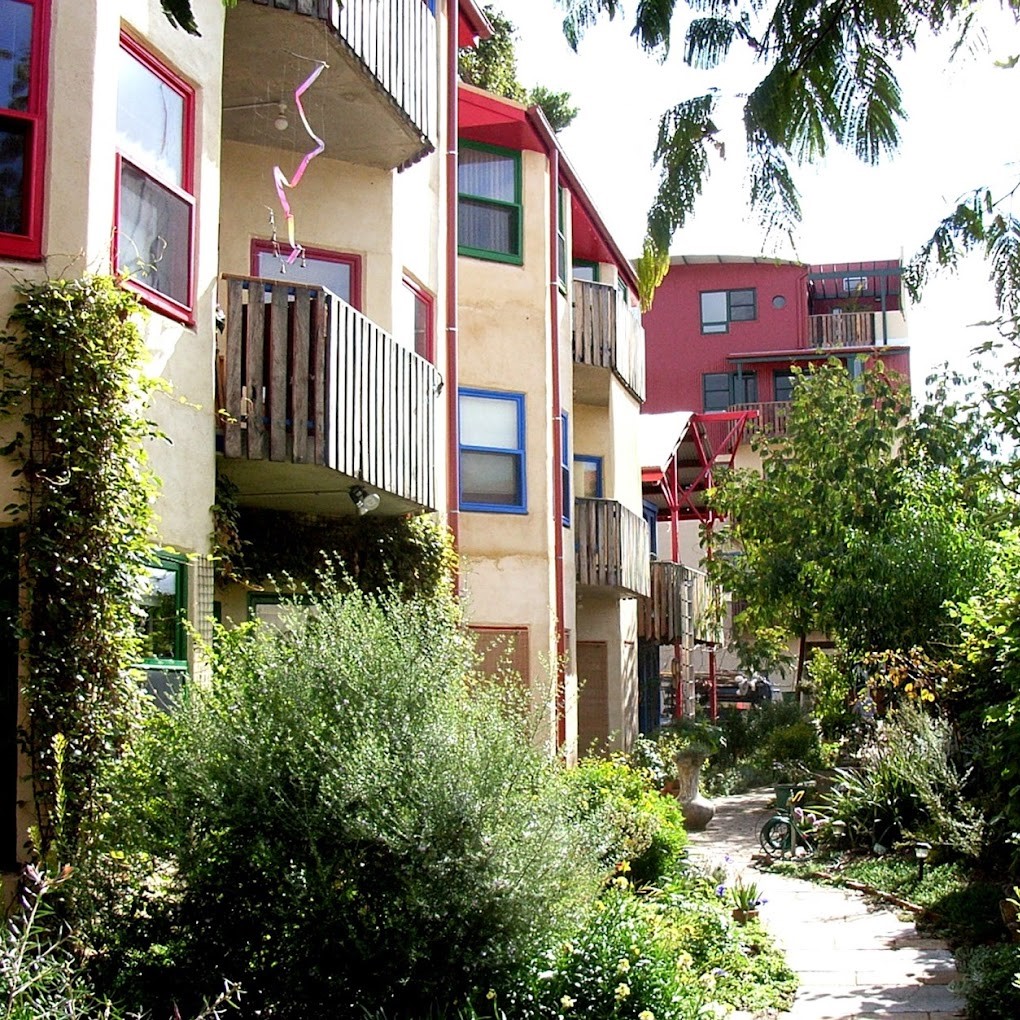09 October 2023

An example of low growth housing: Christie Walk Eco-City Adelaide.
Credit: Dr Effie Best
Adelaide is at risk of failing to meet the net zero 2050 target for building emissions unless it adopts a more modest and sustainable approach in its next city plan due in 2024.
That’s the warning from University of South Australia (UniSA) architect and infrastructure expert Dr David Ness, who has been campaigning for more robust building emission measures in the CBD and beyond.
Dr Ness says the proposed 2036 City of Adelaide Plan and Greater Adelaide Regional Plan are based on high growth, including built floor area, defying global efforts to decarbonise the buildings sector and address the climate emergency.
The CBD is proposed to house at least 17,000 more city residents by 2041, requiring the equivalent of 36 multi-storey apartments to be built over the next 18 years. Approximately 300,000 new homes are also planned for the greater Adelaide region by 2051.
“Both these plans are predicated on high growth, but bigger cities are not necessarily better, and I think we need to challenge the ‘big build’ mentality,” Dr Ness says.
The City of Adelaide Plan has sought targeted stakeholder feedback on the merits of both high and low growth, and the resulting draft city plan will be shared for community feedback in early 2024.
“The world’s leading energy and climate bodies, including the United Nations, are focused on driving faster reductions in global greenhouse gas emissions, and this includes buildings, which represent around one third of all CO₂ emissions.”
The concept of ‘sufficiency’ is a relatively new one but essentially means adopting policies and practices that avoid demand for resources, including energy and materials. Sufficiency targets are focused on a change in consumer and organisational behaviour, as opposed to ‘efficiency’ strategies that seek to boost productivity.
Sufficiency policies are now embedded in the first global stocktake of the Paris Agreement, a legally binding international treaty on climate change adopted in 2015.
Dr Ness says sufficiency measures will be an integral part of the next UN Climate Change Conference, COP 28, to be held in the United Arab Emirates in December.
“Building emissions are growing at an unacceptable rate worldwide, but up to 17% of these emissions could be mitigated before 2050 by constraints on new construction and floor area, while encouraging reuse of existing buildings.
“Global growth in floor area is more than offsetting increased efficiency and decarbonisation efforts. We need to find smart ways to meet our needs while building less, including sharing facilities.”
More investment and innovative research are also needed to meet housing needs that require fewer resources and new builds, Dr Ness argues.
“Adapting existing building stock and establishing strict metrics relating to floor area should be part of the plan, along with monitoring the carbon that is embodied in materials and construction.”
Earlier this year, Dr Ness and UniSA researcher Associate Professor Ke Xing helped organise the world’s first Sufficiency Summit, a virtual conference co-hosted by the University of South Australia and Sciences Po Paris. Subsequent discussions led to ‘sufficiency’ being introduced in the Breakthrough Agenda Report 2023/Buildings. That report will be part of COP28 summit.
Notes to editors
To achieve net zero by 2050 and limit global warming to 1.5ºC, emissions must peak by 2025.
For more details about UniSA’s research into helping to lower climate emissions and promote sustainable infrastructure, go to: https://www.unisa.edu.au/research/sustainable-infrastructure-and-resource-management/
…………………………………………………………………………………………………………………………
Media contact: Candy Gibson M: 0434 605 142 E: candy.gibson@unisa.edu.au
Researcher: Dr David Ness E: david.ness@unisa.edu.au


